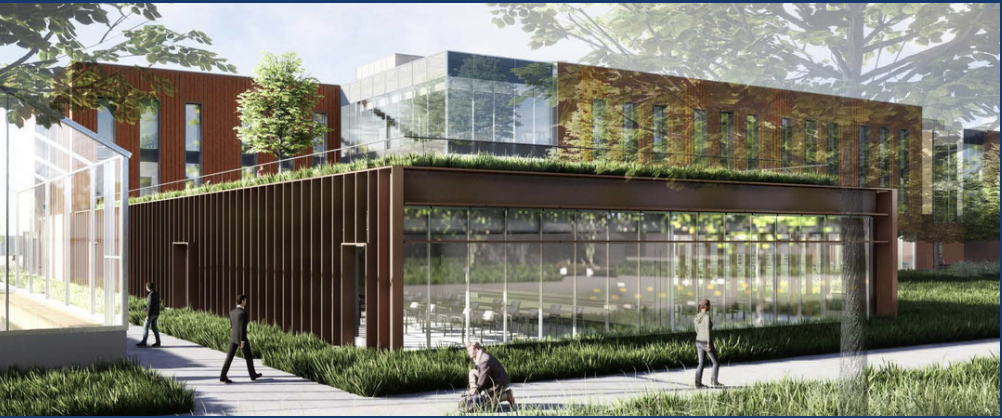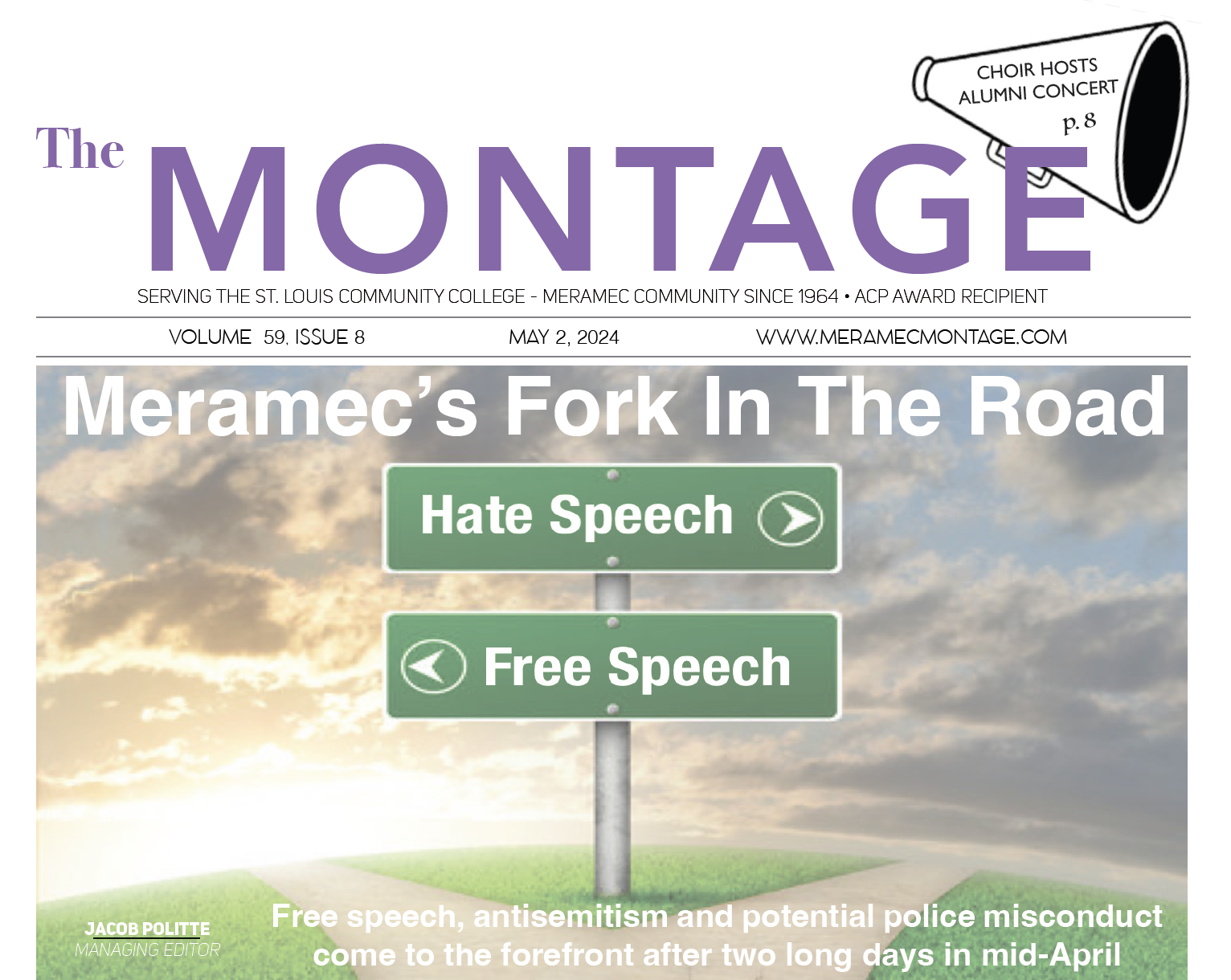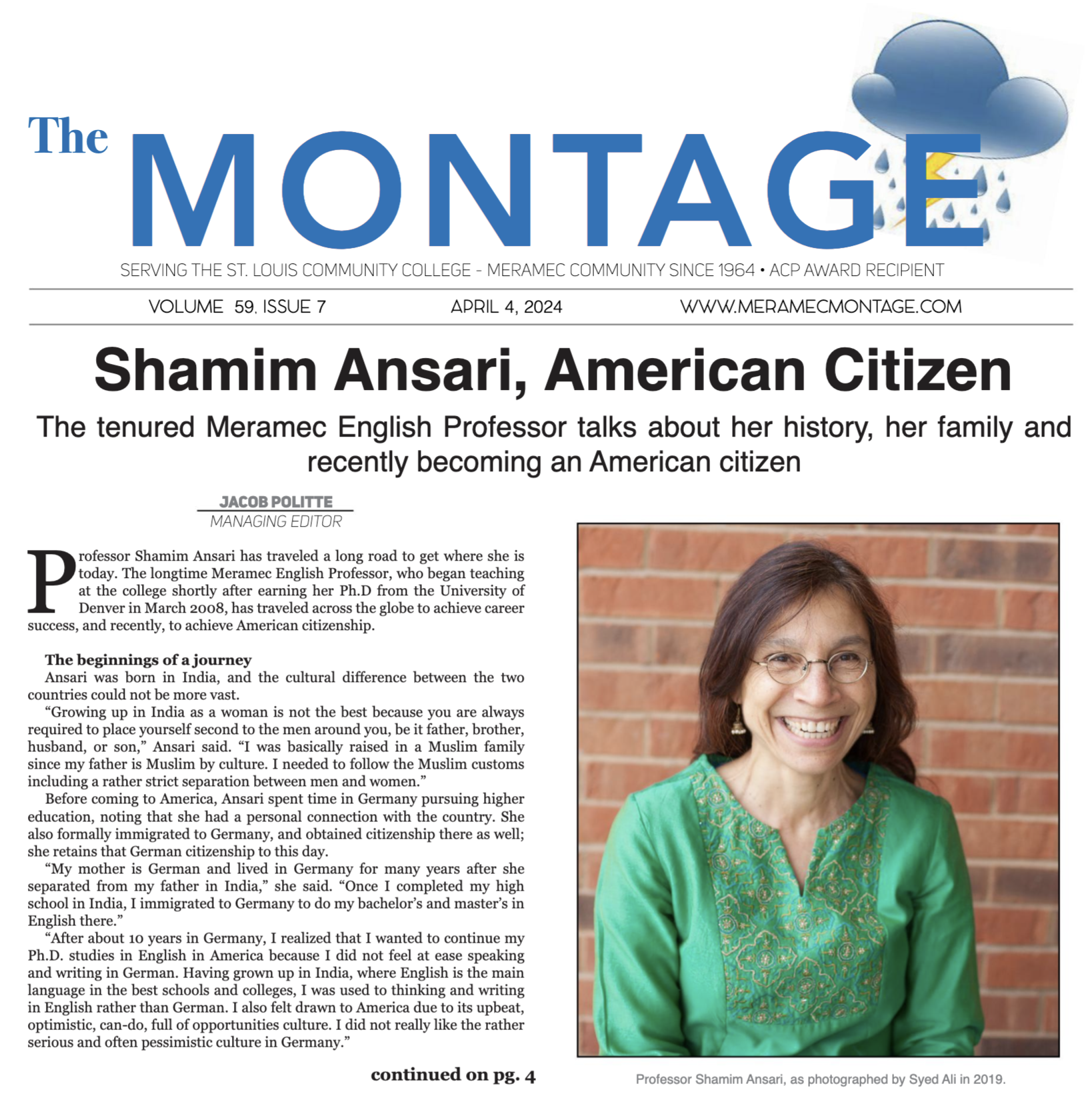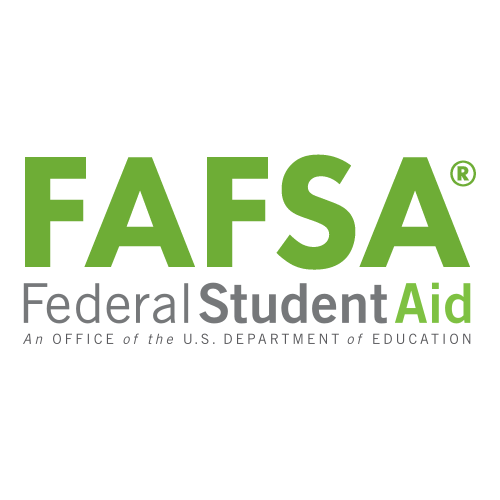The college recently updated the campus community of its long-term plans
BY: JACOB POLITTE
Managing Editor
The first phase of Meramec’s Transformed projects are set to be complete by the summer of 2025, with renovations and demolition of other buildings to follow beginning in winter of 2025. This information was revealed at an April 9 information session hosted by Skye Lusfey and a panel of guests, including Campus President Feleccia Moore-Davis.

Specifically, it was reiterated that upon completion of the new Financial Services Enrollment Center and the Center for Emerging Technology, moving will begin for those who have offices in the Clark Hall and Social Sciences buildings; following their demolition, there are tentative plans for each of those spaces of land to become green spaces. Moore-Davis said that noticeable changes are coming to the lots near Social Sciences and that people will take notice.
“You’ll be seeing probably in the next year, a lot of changes in that parking area adjacent to Social Science,” she said. “So that green space will extend all the way to Geyer [Road].”
In addition to that space, an earlier “green” addition to the campus will come on the top of the Emerging Technology Center, as a “green roof” is set to be added onto a section of the building.

It was also reiterated that the new campus library will be located on the first floor of the new Center for Emerging Technology and have an accessible entrance in the building’s lobby, while the Academic Success and Tutoring Center will be on the second floor. Moore-Davis was not sure of the exact dimensions of the library as of press time, but said the “book space” was recently reduced to around 10,000 square feet.
“The entire space is going to be sufficient for what we want our library to be,” she said.

Moore-Davis said that most of the departments within Clark Hall, including her own office, will move into the Financial Services Education Building, with the classrooms and faculty offices that are in the Social Sciences building set to move there as well. The only departments in Clark Hall that will be relocated elsewhere are the Access Office and SARC; Moore-Davis said that these departments are set to be moved to the Student Center.
The Student Center itself is tentatively set to undergo some renovations of its own in late 2025 into 2026; the nearby Central Plant is also set to undergo renovations. In addition, the campus’ parking lots will also see renovations. The exact nature of those renovations hasn’t been decided yet, but Moore-Davis still has high hopes for the Student Center space.
“I’d like to see some upgrades to the Student Center,” she said. “So that’s on my list to make it more of a modern space for students to be able to collaborate in and just to hang out in. Will it make the cut? I don’t know. But I’d like to see the space updated for students.”
Another department who’s landing spot is up in the air as of press time? The Campus Police. Their base of operations along Couch Avenue, along with the Continuing Education Center, is set to eventually be demolished as well. While Continuing Education will find a home in the new buildings, the landing spot for the campus police department has yet to be determined.
“I am not certain that we’ve even narrowed the scope yet as far as which building or what needs to be renovated to accommodate the police,” Moore-Davis said. So that really has not been decided at this point. But, we need to find a space that is suitable and welcoming for them as well.”
At the information session itself, extensive discussion regarding the green spaces and safety concerns regarding glass walls in the new buildings largely dominated proceedings. Chrissy Rogers, Architect for Articulus, spoke at the forum and tried to assuage some concerns of those who were concerned about potentially being in the line of sight of an unwelcome intruder.
“Each piece of glass does have an alarm on it,” she said, further explaining that if that glass is broken or damaged, campus police, among others, would be immediately notified. Rogers explained that originally, there was more glass present in the new classrooms; the amount of glass planned was actually reduced.

Dr. Moore-Davis isn’t sure of the exact number of classrooms that will be present across the new buildings, but she believes that the amount of new classrooms will be enough.
“I think it is going to be adequate,” she said. “We did run the data to determine the number of classrooms we need and the number of that we need for growth. So I’m pretty sure that we should be covered unless we have an explosion of growth around here. We will definitely be covered.”












